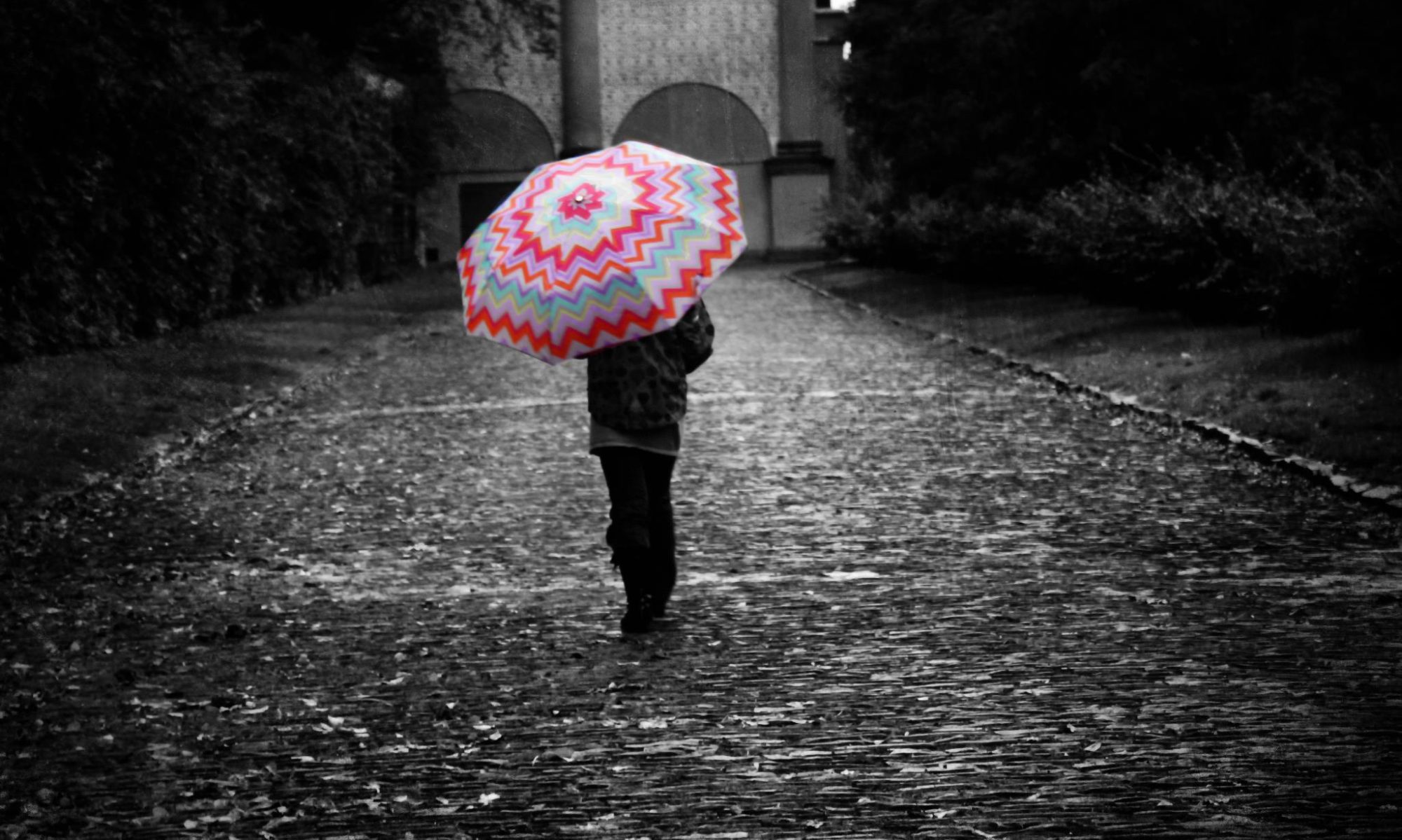 Over two years ago, I drove into my driveway and noticed something looked a little different at the front door. Upon closer investigation, I realized that one of the two urns flanking my front door was slightly out of place. I assumed that my husband or son must have moved it while sweeping and just forgot to put it back. However, as I reached for the two decorative handles to nudge it back in place, I discovered that one of them was missing.
Over two years ago, I drove into my driveway and noticed something looked a little different at the front door. Upon closer investigation, I realized that one of the two urns flanking my front door was slightly out of place. I assumed that my husband or son must have moved it while sweeping and just forgot to put it back. However, as I reached for the two decorative handles to nudge it back in place, I discovered that one of them was missing.
Now, we’re talking about pottery, people. It’s not like the handle could have just fallen off or come unglued. So, when I looked a little more closely, I could see where the handle had actually been broken off. This discovery begged the question, “Who broke it and why didn’t they tell me?” Well, actually I know why I wasn’t told since I tend to overreact to just about everything.
Before I even started my investigation, I remembered that my husband had been doing the yard work that particular day, so it must have been his mistake. All the signs pointed to him. For example, the urn had been put back so that it didn’t fully cover the discolored circle on the front porch. Clearly, he hadn’t had the same level of experience I’d had in covering my tracks. And on top of that, he’d placed it where the broken handle was on the side with the greatest exposure. I mean, really. His lack of expertise in the art of deception was almost disappointing—except that it was actually a bit endearing.
My first reaction to the broken urn–after guilt had been established, of course–was to put the broken side toward the corner of the patio where it was the least noticeable. At the first opportunity, I intended to go back where the set had been purchased and see if I could buy a new one. That’s how we do it, right? When something gets old or is broken, we just replace it. It seems that in middle class America, we have more money than we do time or energy, and so it’s just easier to buy new stuff than it is to fix the old. Is it possible that this same attitude has begun to shape our perspectives about people?
Before I had the chance to buy a replacement, I returned home from running some errands and caught a glimpse of that broken urn. But this time, it struck me a little differently. For reasons I didn’t fully understand at the time, I no longer wanted to replace the urn–I wanted to showcase it. I decided to give it a little twist so that the broken handle was in full view of everyone who drove into my driveway or entered my home. I wanted it to be a reminder–primarily to me–that broken people should be restored, not replaced.
The truth is–we’re all broken. Some of us have just mastered the art of deception; we turn our brokenness away from the crowd, hoping no one will notice. You can be sure of this: your Heavenly Father notices…and understands. The body of His Son was broken on our behalf. He redeemed us not with perishable things, but with His precious blood. In doing this, He demonstrated that brokenness doesn’t have to be synonymous with uselessness.
Oh, that we could learn from the ancient Japanese custom of kintsukuroi, which means to repair with gold. Eventually this word came to mean the art of repairing pottery with gold or silver, reflecting the Japanese understanding that the piece is more beautiful having been broken.

